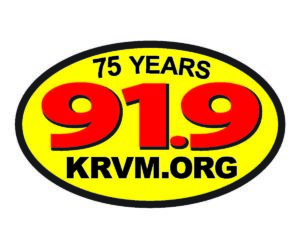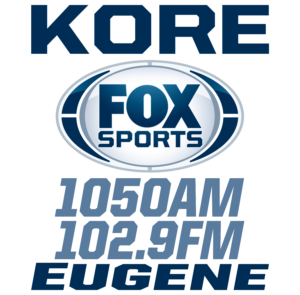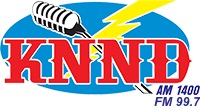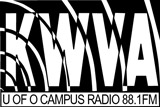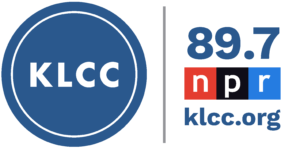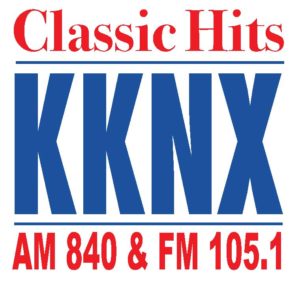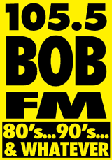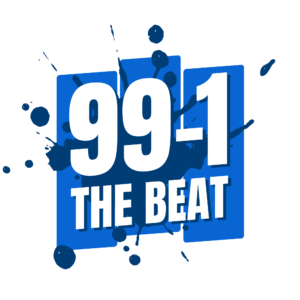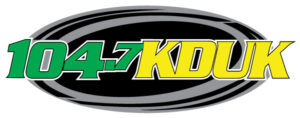Radio Advertising Resources for Advertisers
Planning & Buying Radio Advertising
While radio is considered one of the most intangible advertising mediums, it also has some of the most unique benefits.
Radio reaches consumers "out of the home".
A recent survey showed that nearly 70% of consumers are "out of the home" between 6am and 6pm on the average weekday.
Radio’s mobile on-the-go ability to reach consumers during their day gives your business the opportunity to achieve repetition of message like no other medium.
Radio is part of your customers lives...
The average listener spends almost 4 hours per day with radio.
Most listeners consume radio throughout their day in increments based on their daily habits.
Available Everywhere
Consumers wake up to radio. They drive to work with radio. They listen to radio at work. They listen in the car while running errands. They listen on the way home from work. They listen on-line while on the computer (streaming). Radio is now available on the iPod and on cell phones.
Trusted Source
Radio is music, information and entertainment and it’s absolutely FREE to the consumer. Consumers turn to radio during emergencies and look to radio for guidance and information about where to find the best products and services in their communities. Radio keeps consumers connected to their community.
Repetition & Retention
Whether you’re advertising a direct response offer or branding your business over time, the magic formula for advertising success is: "What you say multiplied by how many times you say it."
Repetition results in retention. Retention results in sales!
Define your marketing objectives…
Radio is a terrific medium that can deliver a variety of benefits including direct response, on-site promotions and events, top-of-mind brand building and public relations.
Your planning should begin with the end in mind. Define your marketing objectives and expectations.
Businesses and organizations use radio to accomplish a wide variety of objectives including:
Choosing the right radio stations…
Each radio station has a target audience. Each business has a target customer.
A key to successful planning is selecting radio stations that have listeners that most closely match your target customer.
Contact your local radio stations and ask them for demographic and qualitative information about their station’s listeners. They will likely assign you an account executive that will help guide you through the planning and buying process.
If you are not sure who your target customer is or should be, your account executive will be able to provide you with research to help you determine your target customer.
Define your marketing approach…
There are two basic approaches to retail marketing:
Scheduling Ideas for Branding Campaigns…
There are a number of theories as to how to best approach the branding objective with radio.
These include but are not limited to the following strategies:
Commercial Production is FREE…
It’s what you say times how many times you say it.
What you say and how you say it is an important part of the planning process.
Rates, Ratings and Negotiation…
Dynamic Pricing
Most radio stations practice Dynamic Pricing like hotels and airline…meaning the rate per commercial may vary based on current demand on available inventory.
Each station allows for a finite number of commercials to be scheduled each day. These are called commercial stop-sets and vary in length. Commercials are typically sold in :05, :10, :15, :30 & :60 second increments.
The longer your commercial is, the more expensive it will be.
As a general rule, the more specific you are about when your commercial runs, the higher the rate. This is called dayparting.
The most commonly purchased daypart is called Prime Time. For radio that daypart is between the hours of 5am & 8pm.
Ratings Research
Ratings research can also play a role in determining the price per commercial. Ratings research reveals an estimate of how many consumers are listening to each station along with their qualitative and demographic profile.
Current services include Arbitron, Nielsen and the Media Audit. If you are comparing different stations be sure to look at the same source.
The more listeners a station has, the higher their rates will likely be.
To be clear however, a radio station does not have to have high ratings to get advertising results. In some cases it is more efficient to buy a smaller station with a more highly targeted audience.
Rates Are Negotiable
To effectively negotiate rate, it is important to note the negotiable aspects which include:
Number of Stations
Many stations are part of a larger group of stations. Sometimes you can get lower rates by buying multiple stations in the group.
Dynamic Pricing
Radio stations have a finite amount of commercial inventory available for sale each day. That advertising inventory is perishable. It’s either occupied with your message or lost. Most radio stations have some inventory that is subject to loss based on demand by advertisers.
Ask about unsold inventory opportunities. If it fits with your marketing plan, unsold inventory can sometimes be purchased at a significant discount.
Length of Commercial
Shorter commercials are generally less expensive than longer ones.
Commercial Placement
The more specific you are about when your commercial runs, the more expensive it will be. Sometimes it’s important to buy more expensive commercials to accomplish your marketing objective.
Term of Commitment
A short one-time flight of commercials will typically be more expensive than a long term commitment.
A well run business, offering quality products and services, ultimately succeeds or fails as a result of word of mouth.
Radio is word of mouth on steroids.
Contact your local radio stations today. We’ll help you get the word out!

